Transform Your Outdoor Space with Expert Landscape Gardening
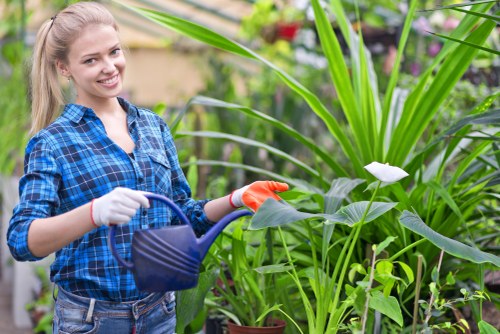
Introduction to Landscape Gardening
Landscape gardening is the art and science of designing outdoor spaces to create aesthetically pleasing, functional, and sustainable environments. Whether you have a sprawling backyard or a compact urban garden, landscape gardening in garden landscapes can transform any space into a personal paradise.
By integrating various elements such as plants, water features, hardscapes, and lighting, landscape gardening enhances the beauty and usability of your garden. It not only boosts your property's curb appeal but also provides a serene retreat for relaxation and entertainment.
In this article, we will delve into the essential aspects of landscape gardening, offering insights and tips to help you create and maintain a stunning garden landscape.
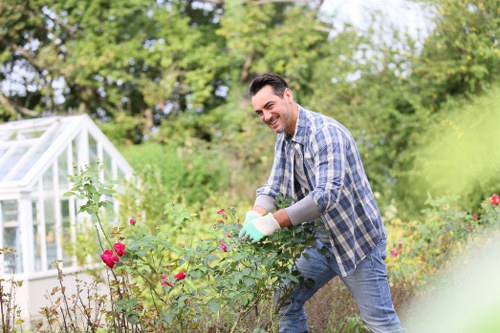
Planning Your Garden Landscape
Assessing Your Space
Before embarking on any landscaping project, it's crucial to assess your current outdoor space. Consider the size, shape, and topography of your garden. Identify areas that receive ample sunlight versus those that are shaded, as this will influence your plant selection and design choices.
Setting Goals and Budget
Determine what you want to achieve with your garden landscape. Are you aiming for a low-maintenance space, a vibrant flower garden, or a functional area for outdoor dining? Setting clear goals will help guide your decisions and ensure your garden meets your needs.
Creating a Design Plan
Draft a design plan that outlines the layout of your garden. Incorporate elements like walkways, seating areas, water features, and planting beds. A well-thought-out plan ensures a harmonious and balanced garden landscape.
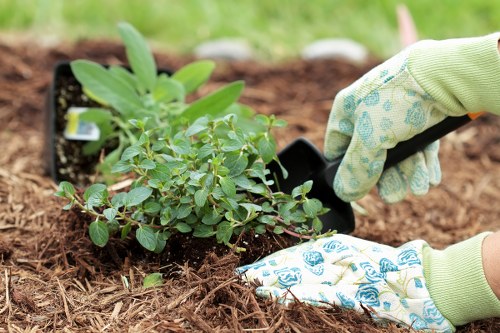
Choosing the Right Plants
Understanding Plant Requirements
Select plants that thrive in your garden's specific conditions. Consider factors like soil type, sunlight exposure, and climate. Opting for native plants can be beneficial as they are well-suited to your environment and require less maintenance.
Creating Focal Points
Incorporate focal points in your garden to draw attention and add visual interest. This could be a stunning specimen tree, a colorful flower bed, or a unique sculpture. Focal points enhance the overall appeal of your landscape design.
Balancing Colors and Textures
Choose a variety of plants that offer a mix of colors and textures. Combining different foliage types and blooms creates depth and movement in your garden. Remember to consider the seasonal changes to maintain year-round beauty.
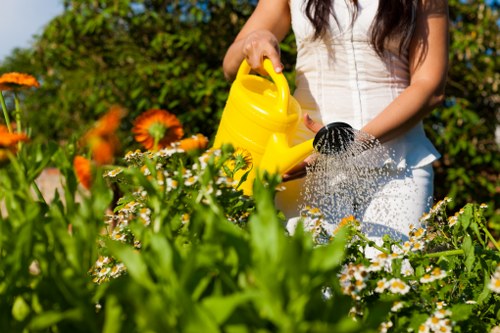
Incorporating Hardscapes
Paths and Walkways
Paths and walkways guide visitors through your garden and connect different areas. Materials like gravel, stone, or pavers can be used to create durable and attractive walkways that complement your overall design.
Water Features
Adding water features such as ponds, fountains, or waterfalls can introduce a soothing sound and a sense of tranquility to your garden. Water features also attract wildlife, enhancing the biodiversity of your landscape.
Outdoor Structures
Structures like pergolas, gazebos, and decks provide functional spaces for relaxation and entertainment. They also add architectural interest and can serve as anchor points in your garden design.
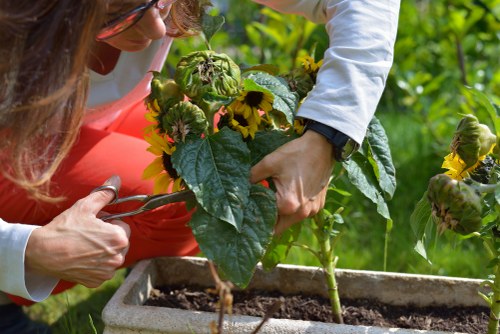
Maintaining Your Garden Landscape
Regular Pruning and Trimming
Consistent pruning and trimming help maintain the shape and health of your plants. Remove dead or diseased branches to encourage new growth and prevent the spread of pests.
Watering and Irrigation
Proper watering is essential for plant health. Implement an efficient irrigation system to ensure your garden receives adequate moisture without overwatering. Drip irrigation and soaker hoses are effective methods for delivering water directly to the roots.
Weeding and Mulching
Regular weeding prevents unwanted plants from competing with your desired species. Applying mulch around your plants helps retain soil moisture, suppress weeds, and regulate soil temperature.

Enhancing Your Garden with Lighting
Choosing the Right Fixtures
Garden lighting enhances the ambiance and safety of your outdoor space. Select fixtures that complement your landscape design, such as path lights, spotlights, or string lights.
Energy-Efficient Options
Opt for energy-efficient lighting solutions like LED bulbs or solar-powered fixtures. These options reduce energy consumption and lower your utility bills while providing ample illumination.
Highlighting Key Features
Use lighting to highlight architectural elements, focal points, and pathways. Proper lighting accentuates the beauty of your garden at night and creates a welcoming atmosphere.

Seasonal Garden Care
Spring Maintenance
In spring, prepare your garden by clearing debris, pruning trees and shrubs, and planting new flowers. Fertilize your plants to encourage robust growth and vibrant blooms.
Summer Care
During summer, focus on regular watering, mulching, and pest control. Ensure your plants receive sufficient moisture, especially during dry spells, to maintain their health and appearance.
Autumn Preparations
As autumn approaches, begin preparing for the colder months by harvesting any remaining vegetables, adding compost to the soil, and protecting sensitive plants from frost. Clean up fallen leaves to prevent disease and pests.
Winter Protection
In winter, safeguard your garden by covering plants, installing frost protectors, and maintaining pathways. Use evergreen plants to preserve color and structure in your landscape during the colder months.

Sustainable Landscape Practices
Water Conservation
Implement water-saving techniques such as rainwater harvesting, using drought-resistant plants, and installing efficient irrigation systems. Conserving water not only benefits the environment but also reduces your water bills.
Soil Health
Maintain healthy soil by adding organic matter, practicing crop rotation, and avoiding overuse of chemical fertilizers. Healthy soil promotes strong plant growth and resilience against pests and diseases.
Wildlife-Friendly Gardening
Create a habitat for local wildlife by incorporating native plants, providing shelter, and avoiding pesticides. A wildlife-friendly garden supports biodiversity and enhances the natural ecosystem.

Professional Landscape Gardening Services
Benefits of Hiring Experts
Professional landscape gardeners bring expertise and creativity to your project. They can help you design a cohesive and functional garden landscape tailored to your preferences and environment.
Customized Solutions
Experts provide personalized solutions, taking into account factors like soil quality, climate, and your specific needs. They ensure that each element of your garden is thoughtfully selected and placed.
Ongoing Maintenance
Many professional services offer ongoing maintenance plans to keep your garden looking its best year-round. Regular care by professionals ensures the longevity and health of your landscape features.

Innovative Trends in Landscape Gardening
Vertical Gardens
Vertical gardens are perfect for small spaces, allowing you to grow plants vertically on walls or structures. They add greenery without taking up valuable ground space and can be both functional and decorative.
Smart Gardening
Incorporate smart technology into your landscape with automated irrigation systems, smart lighting, and garden sensors. These innovations enhance efficiency and make garden maintenance easier.
Edible Landscaping
Combine beauty with functionality by integrating edible plants into your landscape. Grow vegetables, herbs, and fruit trees alongside ornamental plants for a productive and attractive garden.
Native and Drought-Tolerant Plants
Focus on native and drought-tolerant plants to create a sustainable and low-maintenance garden. These plants are adapted to your local climate and require less water and care.

Conclusion
Landscape gardening in garden landscapes is a rewarding endeavor that enhances the beauty, functionality, and sustainability of your outdoor space. By carefully planning, selecting the right plants, incorporating hardscapes, and maintaining your garden, you can create a stunning sanctuary that reflects your personal style and meets your lifestyle needs.
Whether you're a seasoned gardener or just starting, embracing **landscape gardening principles** can transform your garden into a vibrant and inviting environment. Don't hesitate to seek professional assistance to bring your vision to life and ensure your garden thrives year-round.
Ready to transform your outdoor space? Contact us today to book your landscape gardening service and take the first step towards your dream garden.